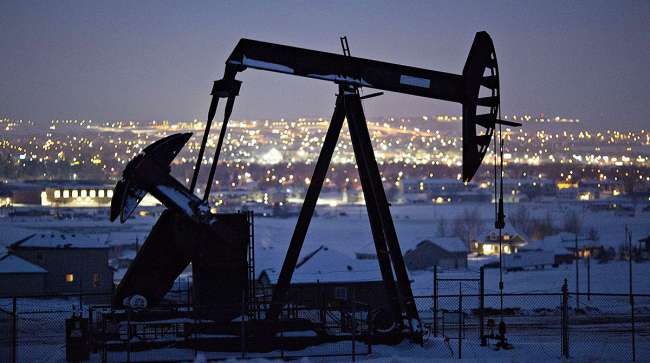Oil prices fell over 1% on Thursday, retreating from earlier gains as investors considered the impact of a U.S. court ruling that blocked the broadest tariffs proposed by President Donald Trump.
Brent crude futures settled down 75 cents, or 1.2%, at $64.15 a barrel, while U.S. West Texas Intermediate crude fell 90 cents, or 1.5%, to $60.94 a barrel.
Earlier in the session, prices had risen following the court’s decision that the president exceeded his authority by imposing sweeping duties on imports from trading partners. The ruling did not address some industry-specific tariffs on automobiles, steel, and aluminium, which use a different legal basis.
Despite initial market reactions, senior Trump administration officials indicated other legal options remain available, leading to a decline in prices as the session progressed. Additional pressure on oil prices came from comments by the International Energy Agency’s executive director, who highlighted weak demand in China and uncertainties related to developments in Russia and Iran.
The U.S. and Iran are engaged in talks regarding Iranian nuclear activities, adding further uncertainty to the market. On the supply side, OPEC+ is expected to decide on accelerating output increases in July, with projections of a significant supply hike continuing through the third quarter to maintain market share.
New U.S. sanctions on Russian crude pose potential risks to supply, and Chevron recently ceased oil production and other activities in Venezuela after its license was revoked by the U.S. government. Venezuelan cargo cancellations due to payment uncertainties have reduced exports, which previously accounted for a substantial portion of the country’s oil output.
Data from the U.S. Energy Information Administration showed a surprise drawdown in crude inventories, which helped offset some losses in oil futures.
Meanwhile, a wildfire in Alberta, Canada, forced evacuations and a temporary halt to oil and gas production, potentially affecting supply. Overall, the oil market remains influenced by legal, geopolitical, and environmental factors amid ongoing concerns about global demand and supply balances.























